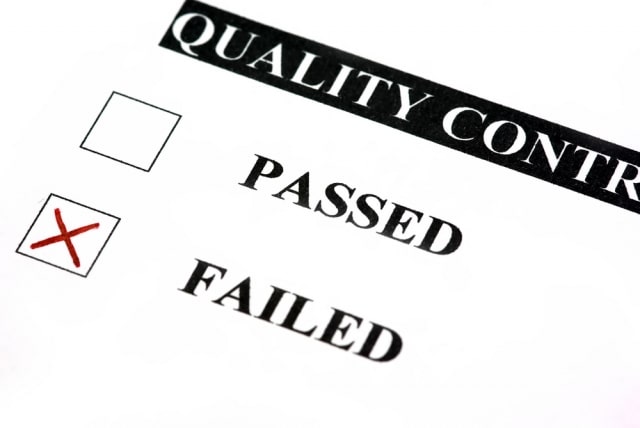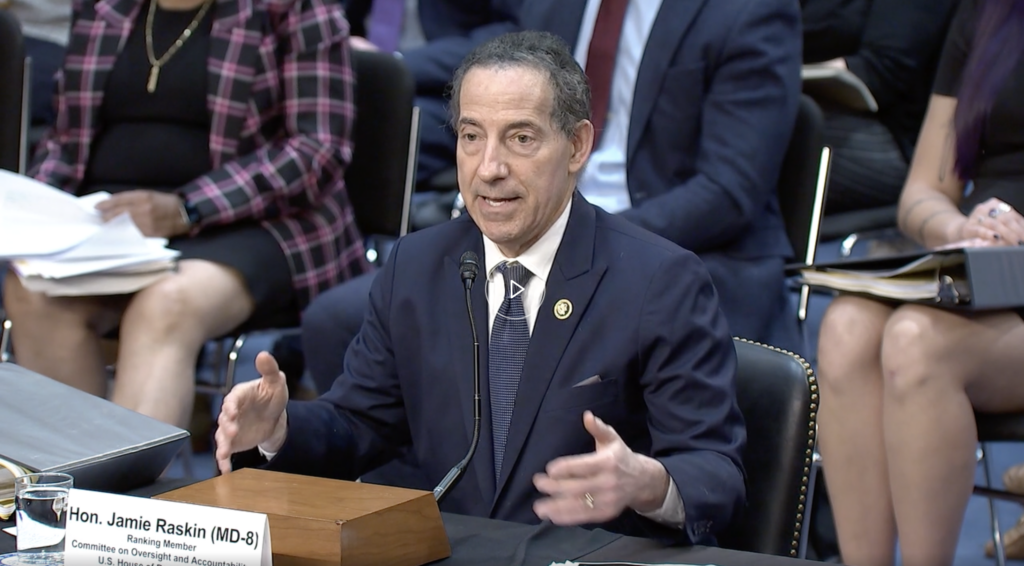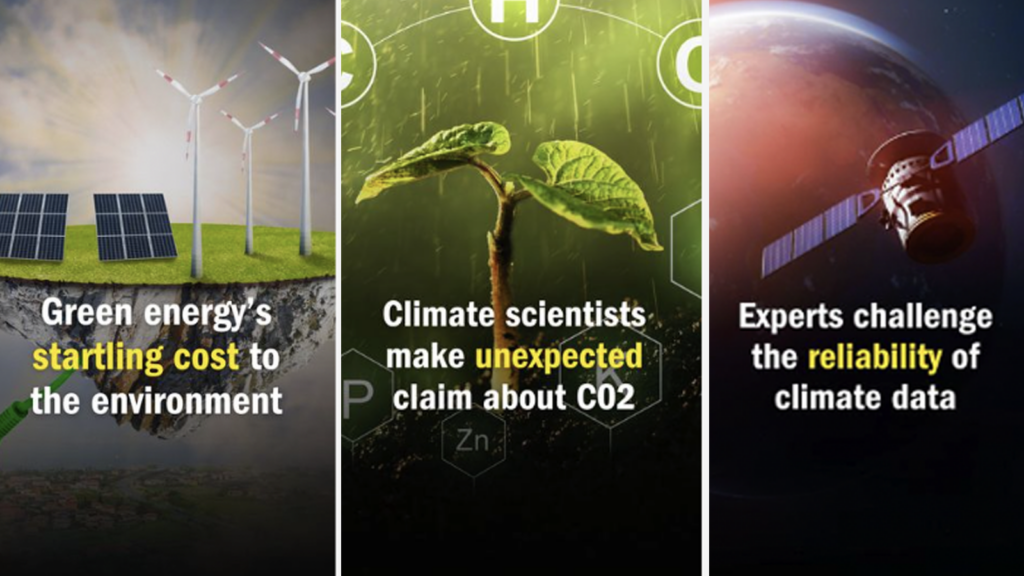On Friday, the Environmental Protection Agency’s internal watchdog, the inspector general released a scathing report on the agency’s failure to control leaks from the nation’s natural gas distribution system.
The report, titled “Improvements Needed in EPA Efforts to Address Methane Emissions From Natural Gas Distribution Pipelines,” describes a string of failures by the EPA to control leaks of one of the most potent greenhouse gases, methane, from the rapidly expanding natural gas pipeline industry.
“The EPA has placed little focus and attention on reducing methane emissions from pipelines in the natural gas distribution sector,” the report begins. “The EPA has a voluntary program to address methane leaks — Natural Gas STAR — but its efforts through this program have resulted in limited reductions of methane emissions from distribution pipelines.”
To date, the industry has faced little binding regulation on leaks, in part because the EPA assumes that pipeline companies will not allow the product they are attempting to bring to market to simply disappear. But the reality is that when gas is cheap and repairs are expensive, pipeline companies often put off repairs unless there’s a threat of an explosion.
Under many state policies, pipeline companies would have to pay upfront costs for pipeline repairs — or they simply choose to pass the cost of lost gas from unrepaired leaks on to consumers, an issue that the audit faults the EPA for failing to take into account.
Nationwide, the Inspector General report concluded $192 million worth of natural gas was lost from pipelines in 2011 alone.
“The limited emission reductions achieved by the distribution sector are due in large part to the fact that [distribution utilities] have little financial incentive to reduce methane emissions from leaking pipelines that do not pose a potential safety hazard,” the report said.
These findings echo a report prepared by Congressional staff last year. “Gas companies have little incentive to replace these leaky pipes, which span about 91,000 miles across 46 states, because they are able to pass along the cost of lost gas to consumers,” concluded a 2013 report prepared by the House Natural Resources Committee Democratic staff for Edward Markey, now a Senator. “Nationally, consumers paid at least $20 billion from 2000-2011 for gas that was unaccounted for and never used, according to analysis performed for this report.”
Leaky natural gas distribution pipelines released methane that the agency calculated was equivalent to over 13 million metric tons of carbon dioxide in 2012, the report noted.
A close look at the EPA report suggests that the climate harm done by these leaks may be even more severe than the Inspector General concluded. The report notes that methane has a “global warming potential” 25 times that of carbon dioxide.
But, according to the Intergovernmental Panel on Climate Change (IPCC), one of the world’s foremost authorities, methane’s true impacts are even more severe. Back in October 2013, the IPCC concluded that, over a 100 year time frame, methane is actually nearly 40 percent more powerful than previously believed, and is actually 34 times more powerful than CO2.
And, since methane’s effects are most concentrated over the two decades after it first hits the atmosphere, the short-term impacts are even worse — a striking 86 times the effect of an equal amount of carbon dioxide.
The Inspector General’s audit faulted the agency for failing to take a number of steps that could help reduce leaks.
“The EPA has not issued regulations to control methane emissions from distribution pipelines, partnered with [the Pipeline and Hazardous Materials Safety Administration] to control such leaks, nor developed a strategy to address barriers that inhibit the mitigation of methane leaks in the natural gas distribution sector,” it said. “The EPA also needs to set goals and track its progress in reducing emissions from distribution pipelines through voluntary approaches to determine if future regulation would be appropriate.”
Speeding up efforts to repair pipelines, currently estimated to take 30 years, could spark substantial jobs growth, union officials say. A report issued last week by the Blue Green Alliance calculated that replacing those leaky pipes over the next decade would create over 300,000 jobs and save consumers $1.5 billion.
The Inspector General noted that a substantial amount of American natural gas pipelines are made from metals, like iron and unprotected steel, that are prone to springing leaks because of corrosion or earth disturbances.
“In 2012, there were more than 1.2 million miles of distribution mains in the United States,” the report said. “Of this, more than 32,000 miles of mains were cast iron or wrought iron, and more than 61,000 miles were unprotected steel.” Some cast iron pipelines are over 100 years old, they added.
Although the EPA‘s methane control strategy requires the agency to study significant leaks from the oil and gas sector, when the agency released its white papers in 2014, a look at leaks from pipelines was missing, the auditors noted.
These numbers have important policy implications, as the Obama administration and other policy-makers consider how best to approach climate change.
In a July 7 New York Times debate over the hazards posed by carbon dioxide and methane, climate scientists Raymond T. Pierrehumbert, a climate scientist at the University of Chicago, and Drew Shindell, a NASA climate scientist, disagreed about which gas ought to be the focus of greenhouse gas controls.
“The methane is like a hangover that you can get over if you stop drinking,” Mr. Pierrehumbert told The Times. “CO2 is more like lead poisoning — it sticks around, you don’t get rid of it, and it causes irreversible harm.”
But others argue that during the next several decades, when methane’s effects are at their strongest, the risk is that natural feedback systems like the melting of permafrost could be triggered, leading to irreversible climate shifts. And regardless, methane is most likely to impact climate change in our lifetimes. “[O]ur success in controlling CO2 emissions is likely to make very little difference on temperature over the next 40 years,” Mr. Shindell told the Times.
In the end, an aggressive approach to controlling both gasses drew the support of Times journalist Justin Gillis.
“The idea would be to promise far more aggressive methane control to slow global warming for the benefit of people alive today, along with aggressive CO2 control for the benefit of future generations,” Mr. Gillis wrote. “If the prospect of near-term climate benefits could spur a notable increase in public support for longer-term measures, too, that would certainly tilt the argument in Dr. Shindell’s favor.”
Photo Credit: Quality control form. Failed is checked, via Shutterstock.
Subscribe to our newsletter
Stay up to date with DeSmog news and alerts






